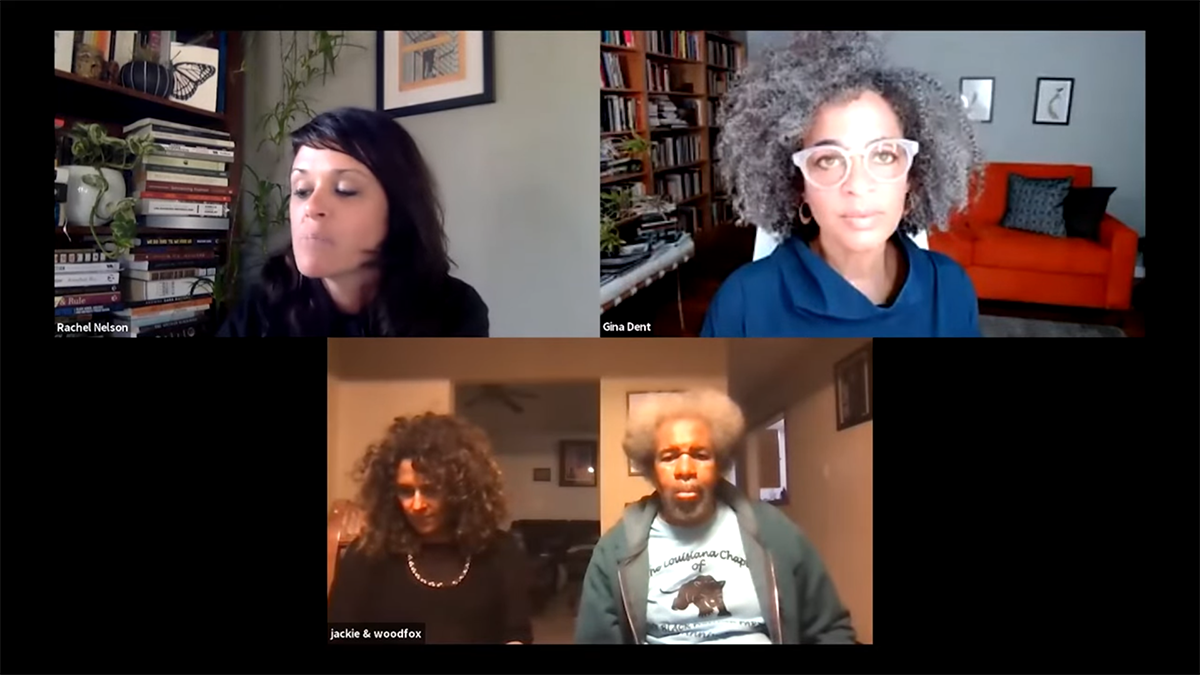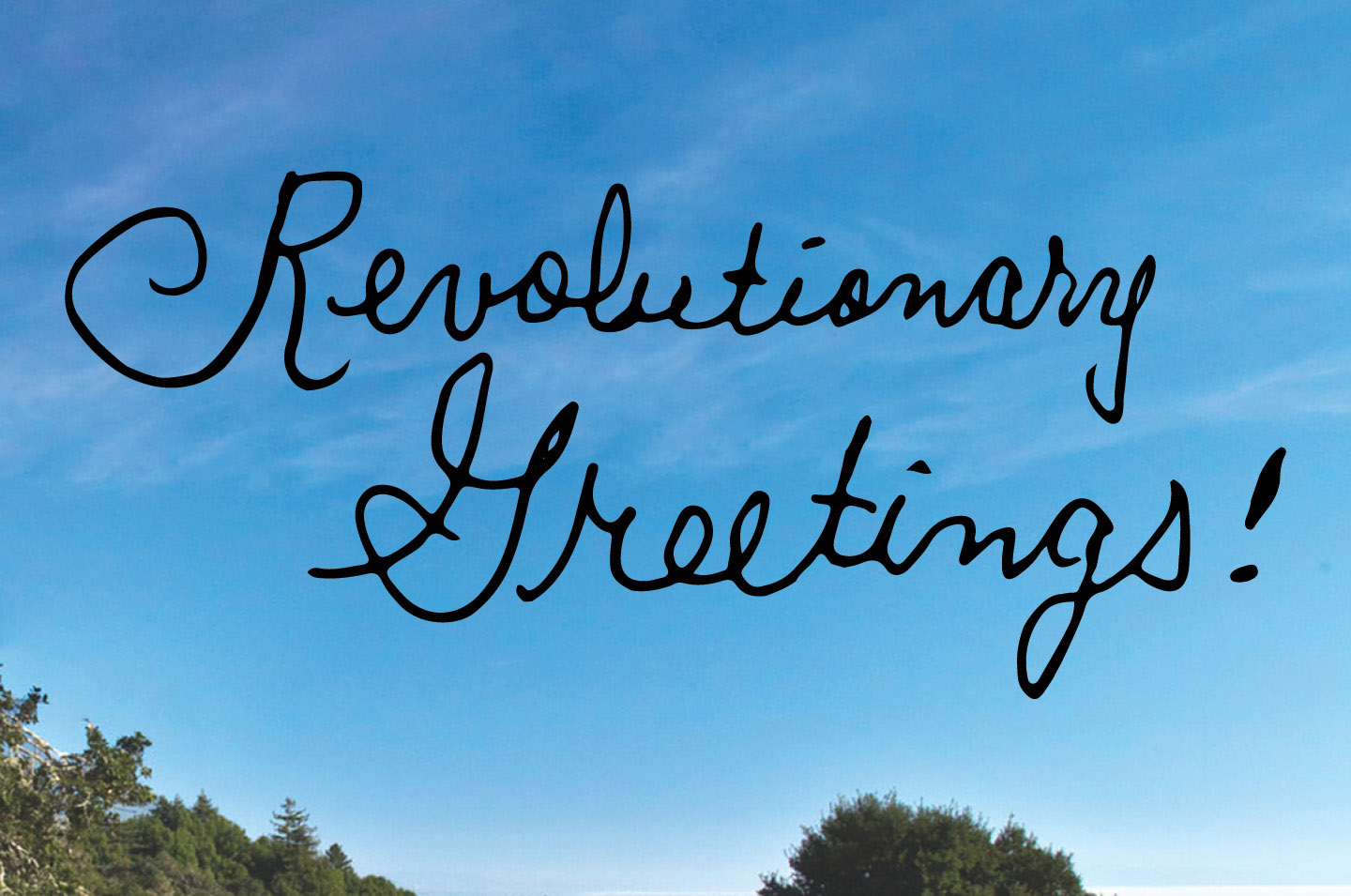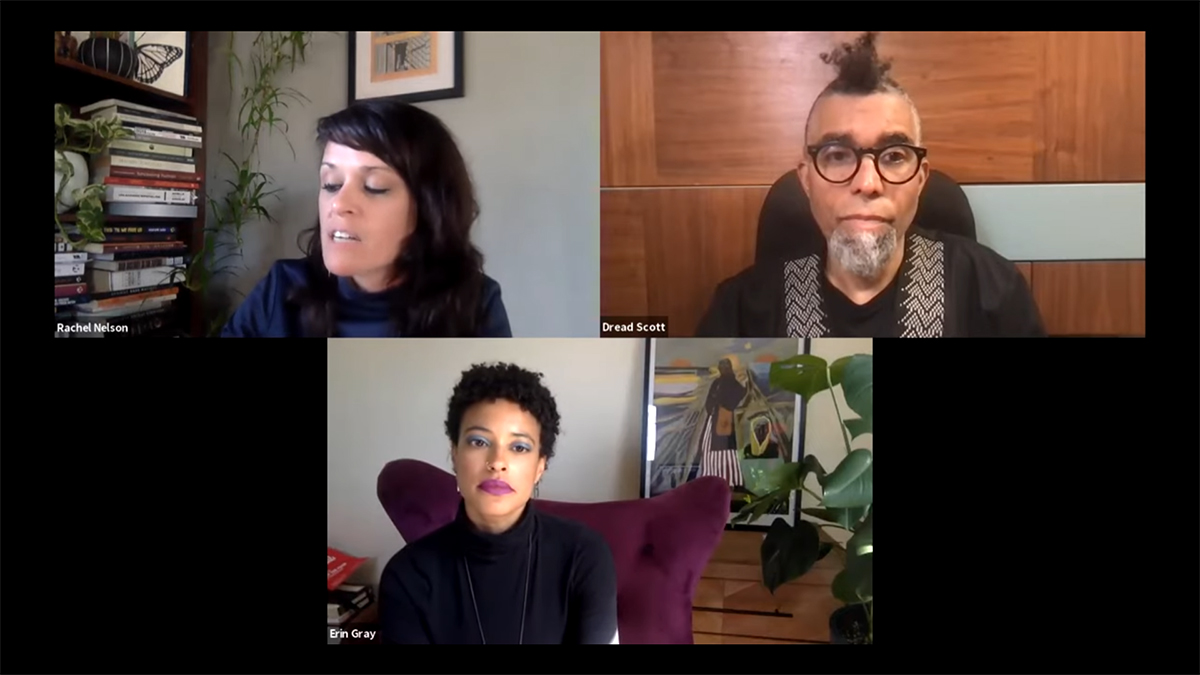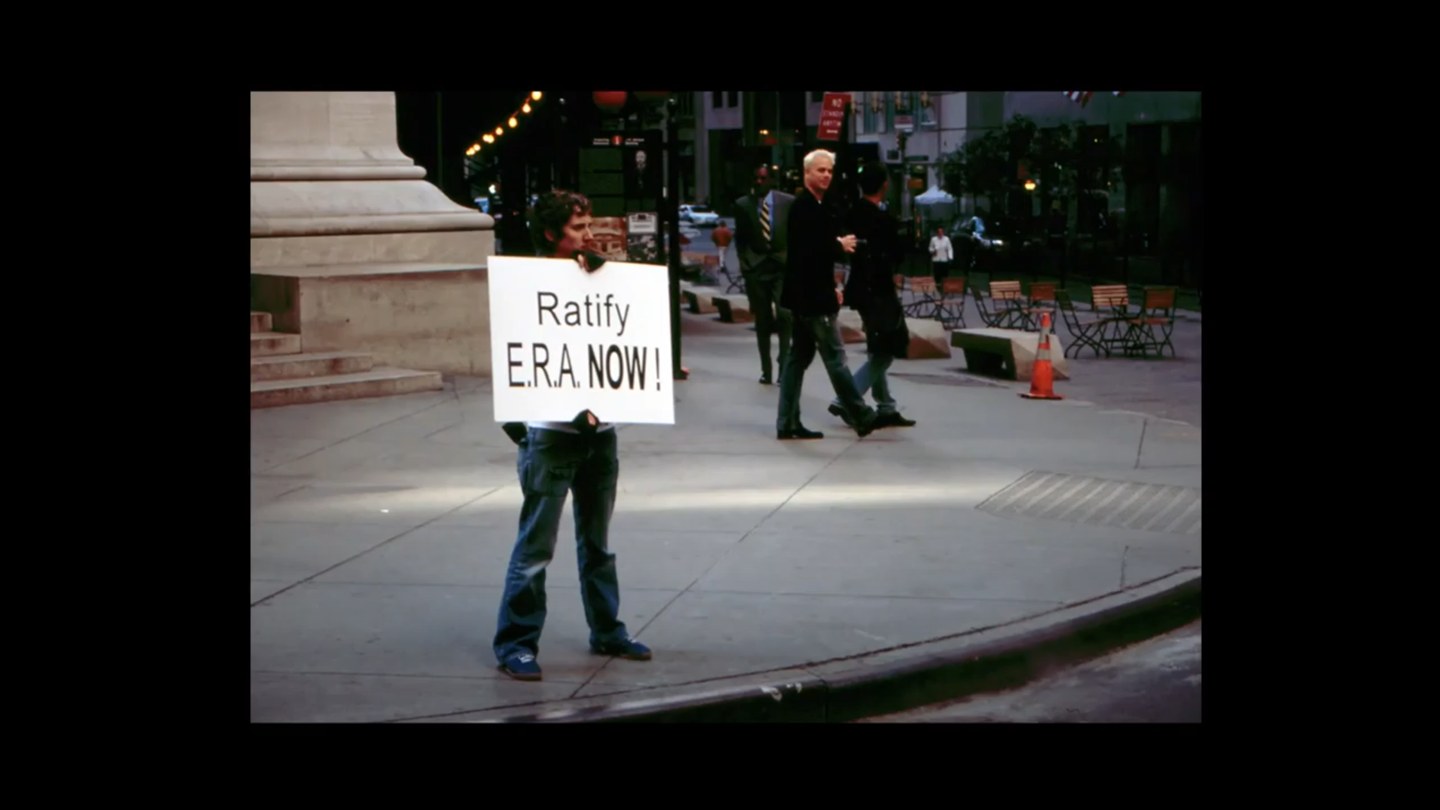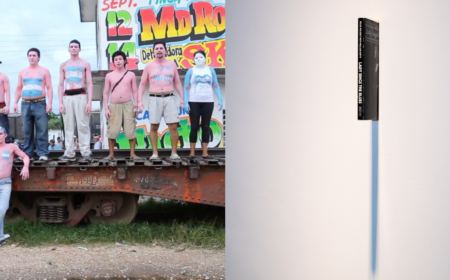Abolition from the Inside Out: jackie sumell, Albert Woodfox, and Tim Young
Santa Cruz Museum of Art & History 705 Front St, Santa Cruz, CA, United StatesThe Institute of the Arts and Sciences is pleased to partner with the Legal Studies Program at UC Santa Cruz for the next Visualizing Abolition event: 'Abolition from the Inside out', featuring jackie sumell, Albert Woodfox, and Tim Young.

